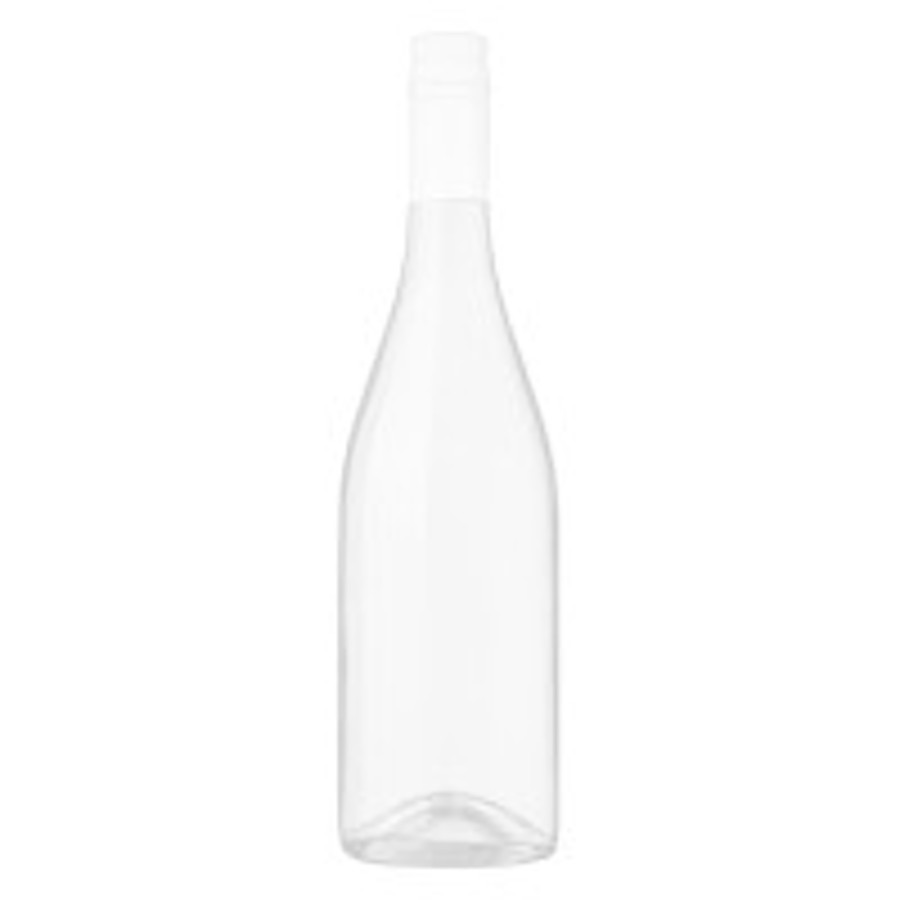thats what i figured out as well i used naptha at 50 mix at 60 and 70+ either ms or gum turpentine, turpentine i was told leaves a byproduct that crystallizes between the grain further waterproofing, not tested just what a old timer once told me , also the ms could be a mix already because there is no standard so read labels and hope they are telling you the truth lol
below is something i found long ago ....
A SOLVENT is a substance, usually liquid, that will dissolve another substance. All do-it-yourselfers buy and use a number of solvents. Some are used for cleaning, others to thin paint, shellac or varnish. Choosing the right solvent can make a job easier; using the wrong one can damage tools or a project.
Turpentine is one of the few solvents not made from petroleum distillates. It is produced by distilling the oleoresins from pine trees. It is also known as spirits of turpentine or simply turps. The best grade is called pure gum spirits of turpentine.
Turpentine has more solvency than mineral spirits. Care should be taken when using it to thin oil- or alkyd-based paints; otherwise the paint could be overthinned, which can cause it to run or drip. Even though turpentine is less toxic than petroleum-based solvents, it can still cause an allergic reaction.
Mineral spirits, also called ''white spirits'' (trade names include Varnolene and Texaco spirits), is a petroleum distillate specifically manufactured as a substitute for turpentine. Most painters prefer it as a paint thinner because it costs less, is not so sticky and has a less offensive odor than turpentine. Still, mineral spirits do have an odor that some people may find unpleasant. They may prefer to use odorless paint thinner.
Turpentine and mineral spirits are good brush cleaners, and turpentine can remove paint that has hardened slightly. Mineral spirits will dissolve only paint that is still fresh. Naphtha is a petroleum solvent similar to mineral spirits but with a greater volatility; it is used chiefly as a paint thinner or a cleaning agent. Naphtha is a more powerful solvent than mineral spirits, so less is needed to thin the same amount of paint. But it also makes paint dry faster and may make it hard to blend strokes or brush out drips.
Continue reading the main story
Naphtha is highly flammable; when using it, work in a well-ventilated area -- out-of-doors, if possible -- and wear rubber gloves and a respiratory mask. It can quickly dissolve wax layers, but naphtha can also penetrate through the wax and seep under veneer. There it will dissolve the glue, causing the veneer to loosen.
Alcohol is sold in many forms: isopropyl, methyl, wood, ethyl and denatured alcohol. Isopropyl alcohol is the familiar rubbing alcohol and is formulated for external medicinal use. It is also useful for removing resinous stains on clothing and gummy tar residue on ashtrays.
Methyl alcohol is a dangerously toxic solvent not suitable for home use. It is also called wood alcohol or methanol. Pure ethyl alcohol, also called grain alcohol, ethanol and colonial spirits, is the basis for alcoholic beverages. For industrial and shop use, additives (like ethyl acetate, methanol and even gasoline) are added to ethyl alcohol, turning it into denatured alcohol.
Denatured alcohol is used for thinning shellac and cleaning brushes used to apply shellac. It can also be used to remove light pencil marks on wood.
Lacquer thinner is a blended mixture of two or more solvents. Acetone, amyl or ethyl acetate, keotone and toluene are common ingredients in lacquer thinners. Obviously, lacquer thinners are designed to thin lacquers and clean brushes and spray equipment used for lacquer finishing. But lacquer thinner is also an effective brush cleaner. It can soften and dissolve most paints even after they've hardened.
Acetone, common in lacquer thinner, is a useful solvent for anyone who works with plastics. It is effective in removing residue from plastic cements. It is the recommended thinner for polyester resins and fiberglass, and it is also useful for cleaning tools and equipment used for working with these materials.
Acetone and lacquer thinner are useful for removing paint and varnish stains on clothing made of natural fibers, but they will soften and dissolve many plastics and some synthetic fabrics. Do not use a nylon brush for applying these solvents because the acetone may attack the bristles. Both acetone and lacquer thinner are highly flammable, and both release toxic fumes, so avoid inhaling them for any length of time.


















